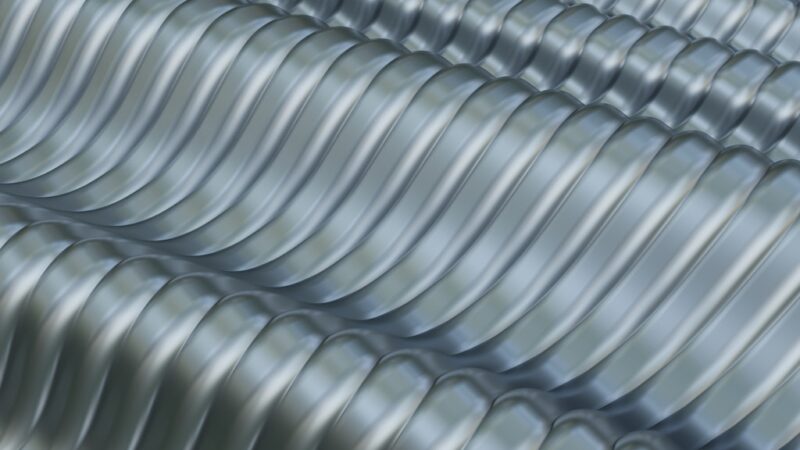Press Die Casting In The Real World
Metal casting has been an age-old process to shape and mold. The hot molten metal is poured into the casts of required shapes and cool until they harden. The earliest methods were gravity diecasting, which consisted of the liquified metal poured in a vertical column under gravity. The development of the traditional principles has simplified the equipment to make it more mass-producing and cost-effective. They consist of the principles of press die casting.
Score Points To Use The Methods
The equipment for diecasting should be rigid and capable of holding the alloy and metals’ melting elemental mass.
1. Mass production is a stark attribute. The process is automatic can be effortlessly used to make several identical products.
2. The equipment installed in the factory is a one-time investment. Thus, the production of the subsequent casts is a cheap affair.
3. The molten metal solidifies at a fast rate under pressure and isolation. It takes a few seconds to cast a mold as compared to open-air processes.
4. Complex and precise components needed to be made with minute accuracy can be made flawlessly.
5. The blend of the molten mass facilitates an even composition of the alloy. Liquifying the metal also helps remove the impurities to a large extent.
6. The finishing of the product is polished and sharp as compared to any manual procedure.
7. Change of size and shape of the product is easy, as only the mold has to be altered for the modified dimensions.
8. Thin dimensional walled parts can be cast with rigidity. Other comparable processes or manual setting might lead to uneven or brittle walls.
9. The mold’s finishing can be made electroplated in the same setup without an extra process to follow. The combination allows the complete product manufacture in a concise unit.
The metals like zinc, aluminum, or manganese are generally used to cast in high-quality steel equipment. But lately, owing to the surplus advantages, metals like iron are also being cast.
Dark Side Of The Process
The advantages may be many, but the limited metal choices and working principles also come up with inevitable disadvantages.
• Complex and heavy equipment installation. The unit is bulky and differs in the features of the metal used, and the pressure applied.
• Not suitable for the limited production due to wastage of the electricity and the fuel demanded.
• Trouble-shooting and maintenance is a tedious task. If any small part gives away, tracking down the reason is lengthy.
Use In The Real World
After a detailed analysis of the pros and cons, the system and equipment are developed to suit varied real-life applications. The automotive industry is the biggest client of diecasting products. The screws, gears, and threads of the engine require to be fine and sophisticated. The automated machinery produces the expected minute parts. The industrial equipment of Aerospace, Power electronics or Energy units also require the casted products.
As domestic things like toys, faucets, and connectors also rely on this industry.







